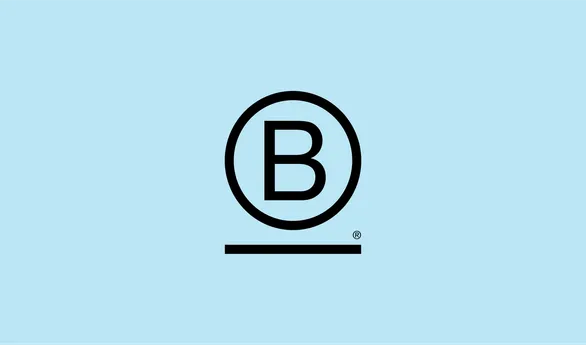What is the Greenhouse Gas Protocol?
The Greenhouse Gas Protocol (GHG protocol) is the most widely used international accounting tool to help companies report on their emissions data. It asks you to distinguish between where emissions occur at different stages of your business, by asking you to report emissions under three distinct ‘Scopes’.
Scope 1-3 emissions for companies to report
Scope 1
Scope 1 covers direct GHG emissions that occur at a company workplace or from a company-owned vehicle, including company cars driven by employees.
Scope 2
Scope 2 encompasses indirect GHG emissions from purchased electricity, steam, heating and cooling that a company consumes. Such as the emissions generated from burning gas to generate electricity.
Scope 3
Scope 3 is a catch-all for all other indirect GHG emissions from a company’s supply chain, which for the average company, account for around 90% of its total climate impact. It takes into account everything from the use of sold products to franchises and employee commuting. Think about an automaker selling cars, or an oil company selling fuel – in such cases, Scope 3 emissions would likely account for most of their emissions footprint.
The Scope 3 emissions category is so large that it can help to break it down into two separate parts – upstream emissions and downstream emissions.
An overview of upstream emissions
So-called ‘upstream emissions’ occur during the production of goods or services that your company purchases or makes use of. It can include:
-
Purchased goods such as the production of plastic containers bought by a food retailer.
-
Employees commuting to work in their own cars or flying abroad for business travel.
-
Disposing and treating the waste generated when it occurs in your company’s operations but not in facilities owned or controlled by your company. Disposing of waste via incineration (burning) is particularly emissions intensive.
-
Transporting and distributing products purchased by your company, such as plastic containers in large delivery vans.
-
Operating leased assets that are not included in Scope 1 and Scope 2, such as operating a diesel-powered generator on lease to your company at a site not owned by your company.
-
Extracting, producing and transporting fuels and energy purchased by your company, which are not already accounted for in Scope 1 or 2. This could include oil and gas extracted by a company and transported to a refinery.
Upstream emissions can be significant for sectors that use a lot of energy such as producing and processing oil and gas. The World Resources Institute estimates that, in China, upstream emissions account for as much as 37% of the fossil fuel industry’s overall emissions footprint.
An overview of downstream emissions
Downstream emissions result from the use or disposal of your company’s products or services. A clear example is the use of cars produced by an automaker like Volkswagen – the emissions generated when people drive those cars would be classified under Volkswagen’s Scope 3 downstream emissions.
Other use cases that come under downstream emissions are:
-
Transporting or distributing products sold by your company between its own operations and the end consumer. For example, the emissions generated when a car company transports cars to customers’ homes.
-
The use of sold products by the end consumer – the emissions generated when petrol is combusted in a car would come under the respective oil company’s Scope 3 downstream emissions.
-
The operation of franchises, not included in Scope 1 and Scope 2. Many companies are built on franchises, such as large hotel groups – making emissions reporting requirements particularly onerous.
-
The operation of investments, including equity, debt and project finance. Financiers such as high-street banks must consider the emissions generated by the activities they invest in under their downstream emissions.
-
End-of-life treatment of sold products. For example, a retailer must consider the emissions generated when the products it sells are discarded and require waste treatment.
-
Operation of assets owned by a company and leased to other entities, such as large property portfolios that generate emissions from a building’s heating and electricity use.
Classifying emissions under these different categories will help your company more easily identify the most polluting areas and tackle climate change. By understanding where most emissions are generated, you can concentrate your efforts on reducing emissions and improving your environmental performance.
How to manage your upstream and downstream emissions
The first step to reducing your company’s emissions footprint is to effectively measure it. The Sweep platform can speed up the time it takes to do this by quickly tracking your emissions hotspots and developing a targeted plan for how to reduce emissions fast. Our platform improves data accuracy, helps you to meet your emissions reduction targets and creates detailed reports in line with the latest reporting standards.
Engaging your value chain
Tackling your company’s Scope 3 emissions – both upstream and downstream – will require engaging with your suppliers and customers on the benefits of using less energy and being more environmentally responsible. For suppliers, this could include providing incentives to bring emissions down or guiding them on how to emit fewer greenhouse gases.
Find out more about how Sweep can help you calculate your emissions across your entire supply chain.




